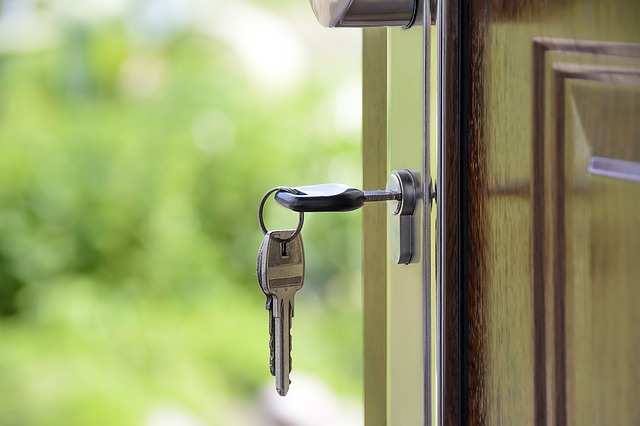The accepted wisdom is that the housing boom in big urban hubs around the world is starting to slow down. Looking beyond domestic cities like Toronto, Vancouver, and Montreal, it’s possible to see a developing trend in global urban centres that shows over-pricing and a lack of buying.
Over the last five years, the average price of a house in 22 of the biggest cities in the world has risen by 34%, according to a recent report by The Economist — a rebound from the property-led worldwide financial crisis. In 14 of those cities, house prices are now 45% above their peak before the crash.
What does a slowdown in the markets mean for stocks directly related to property developing, like Norbord (TSX:OSB)(NYSE:OSB)? Let’s take a closer look and see whether it’s too late to get in or just the right time to get out.
Construction materials stocks may suffer
If you find wood-based panels exciting, or think Oriented Strand Board is awesome, then here’s a dividend stock with your name on it (not your actual name). Yes, passive income is great, but wouldn’t you like to own a stock famous for particleboard, Medium-Density Fibreboard, and related woody products?
Maybe not, if the global housing market slows. It’s a shame, though, because Norbord is looking pretty good right now in terms of both market fundamentals and dividends. At any other time, this stock would look like a buy, but right now it’s a little too risky.
Currently discounted by 19% compared to its future cash flow value, Norbord has a low P/E ratio of 6.6 times earnings, which looks very tempting. However, its P/B ratio of 3.1 times book goes some way to sober up a would-be value investor’s expectations.
Talking of expectations, Norbord is looking at a disappointing 27.6% expected contraction in earnings going forward. This is tempered somewhat by a dividend yield of 4.32%, projected to top 7% next year. All told, it’s looking like a miss today.
What about REITs?
REITs may take a hit, too, with popular trusts like the H&R Real Estate Investment Trust (TSX:HR.UN) possibly in the firing line. Again, it’s a shame, because there’s a lot to recommend this stock otherwise.
Discounted by 30%, and with a P/E of 10.2 times earnings and a P/B ratio of 0.8 times book, H&R REIT isn’t bad value today by any means. The outlook for this REIT doesn’t seem to rosy though, with a projected shrinkage of 80% in earnings. And a 6.78% dividend yield sure looks tasty, but is it viable going forward if the real estate sector starts to cool off?
The bottom line
A worldwide housing correction has been on the cards for some time, though few analysts called for it to happen all at once. If the real estate bubble were to burst in Canada, it would certainly have a huge impact on the economy at large; compounded with a knock-on economic adjustment from other global megacities, investors might see an even harder downturn.
While the two stocks above look inviting, stay cautious and consider minimizing your exposure if you’re already invested.









